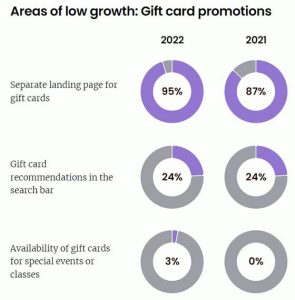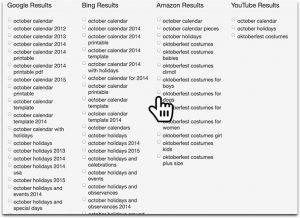How technology reduces the “art” element in successful FP&A activities
This morning I received an e-mail from Proformative.com inviting me to a webinar titled “The Art (and some Science) of Great FP&A”. I am glad to see a resurgence of such an important facet in any company’s finance department and the increasingly stronger endorsement of this function by executive management.
FP&A stands for Financial Planning and Analysis. This function is performed in the finance organization and consists of preparing financial plans and budgets based on strategic plans and historical data, gathering actual and current data and comparing with budgeted data and doing re-forecasting during the budget year. The analysis performed is used to provide upper management with information they need to make strategic and operational decisions.
Historically, and to a certain degree even today in many organizations, FP&A is only performed annually, during the so-called “Budget Season”, with little attention to analysis (the “A” in FP&A). There are several reasons for this:
a. The planning and budgeting processes are complex and very tedious. In the past, each iteration of the budget required an enormous amount of work to update data and correct newly discovered errors and omissions. By the time the budget was completed and approved, it was in many cases already obsolete.
b. The budget data had little or no correlation to the actual data. In fact, many budgets had a structure that did not tie directly to the actual accounting data structure; there was no 1 to 1 relationship between specific budget items and actual accounting general ledger accounts.
c. Due to existing technology, planning and budget data resided primarily in spreadsheets. Eventually, this data found its way to more “purpose designed” applications, which initially borrowed from the spreadsheet model, albeit in a more robust database environment. The results were inaccurate, incomplete and often suffered from serious logical and computational errors stemming from the budget model as implemented using spreadsheets and other software.
The end result is often a budget that is not used for its intended purpose. Management does not get the benefit of having the insight into the company’s future financial health, due to the disconnect between the budget data and the actual results as produced by the accounting department. Often, bad business decisions are made, not supported by solid data, as intuition and prior experience, if available, play a major role in making these decisions, a risky behavior at best.
When true analysis is performed, all of the data used resides in the analysis module representing actual and budgeted data, with separate budget data for each version of the budget where applicable. The analysis system will then display the required data, either visually via graphs and charts or in tabular format, all of which can be printed or forwarded to a pre-defined distribution list.
The content and format of this data can be pre set according to management’s needs and for clarity, only the required data should be conveyed. In a properly set up environment, FP&A’s software solution is linked to the ERP software and data is automatically available as soon as an accounting period is closed. This allows the decision process to start sooner and since the data can include specific indicators about future period performance (e.g., forecasted financial ratios), management can make tactical and operational decision with greater confidence.
Today there is a lot more science and less art in FP&A activities. To me the “Art” in all this is having vision and recognizing what technology solutions are available and pairing the technology with company processes and existing systems. Once properly set up, the technology will do the rest, allowing FP&A to successfully do its job.
Business & Finance Articles on Business 2 Community(122)







